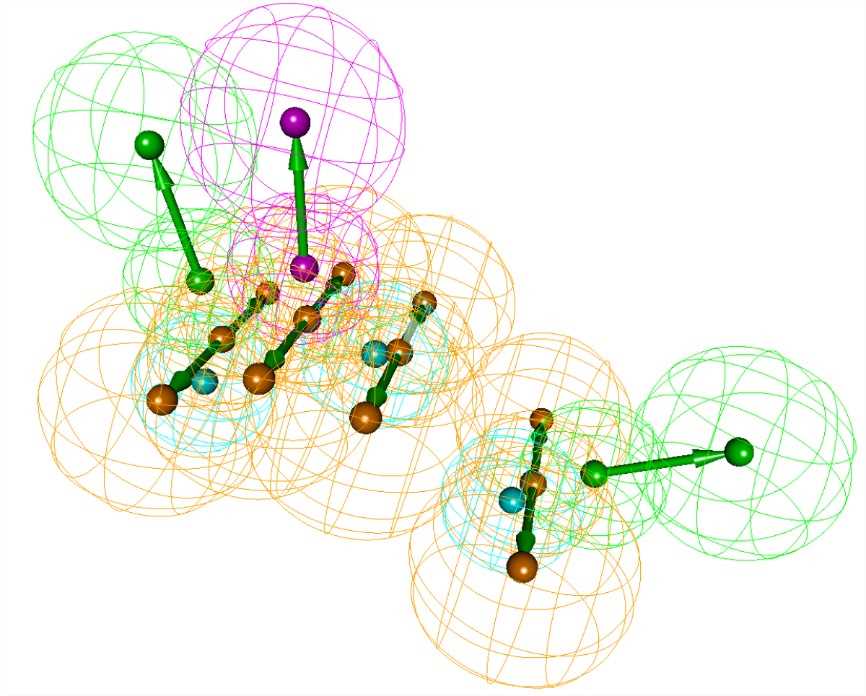Ligand Docking Structure based Screening
Ligand-docking structure-based screening is based on the analysis of the structure, physicochemical properties, and activity relationships of existing drugs, establishing a quantitative structure-activity relationship or pharmacophore model to predict the activity of screening new compounds, which has become a classic and efficient method for the discovery of lead compounds. Based on the biological information of the target, Creative Biolabs can screen the optimal active compound for you by our high-quality ligand-docking structure-based screening services.
How Does Ligand-docking Structure-based Screening Work?
In principle, structure-based virtual screening can be divided into two categories, receptor-based virtual screening and ligand-based virtual screening. Ligand-based virtual screening requires only one or more compounds to be used effectively for all structural types, which owns the ability to screen millions of compounds over a day and night, so that a subset of compounds can be ordered in order to avoid the risk of missing the important structures. There is also no need to predict the biological activity information of known lead compounds. This method can be efficiently used for complete molecular search, lead optimization, R group search, and skeleton transition.
What Can We Do?
The virtual test based on ligand-docking is an important supplementary means for molecular docking, which has the advantages of high speed and good versatility (not limited by target structure). There are three main methods of operation required:
- Pharmacophore Modeling
pharmacophore modeling is a pharmacophore study of a series of known active compounds, which are summarized by conformational analysis, molecular folding, etc. to obtain some groups that play a key role in the activity of the compound information.
 Fig.1 Pharmacophore modeling.
Fig.1 Pharmacophore modeling.
- Quantitative Structure-Activity Relationship
Quantitative structure-activity relationship (QSAR) is a mathematical and statistical means to quantitatively study the interaction between small organic molecules and biological macromolecules using molecular physicochemical properties or structural parameters. It is also a method of physiologically relevant properties such as absorption, distribution, metabolism, and excretion in a living body.
- Structural Similarity Method
The structural similarity method (SSIM) is to perform similarity matching through various descriptors or fingerprints to judge whether the compound has a similar activity or therapeutic mechanism.
Advantages
- Greatly reduce the number of compounds to be screened
- Increase the likelihood of an ideal compound
- Reduce virtual screening service time while reducing the risk of late lead optimization failures
- Tailor-made cost-effective service solutions to specific needs
Creative Biolabs has a wealth of database resources, high-performance computer servers, and can provide professional molecular docking, virtual screening services based on ligand structure. If you are interested in the ligand-docking structure-based screening services, please contact us and we will happy to help you.
For Research Use Only.
